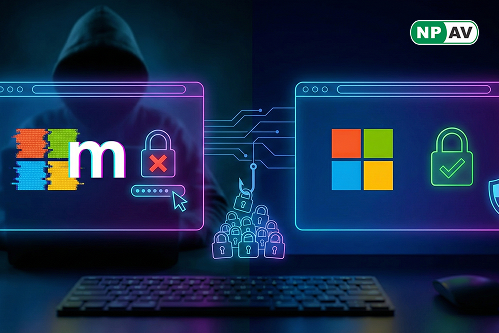Hacker
-
Read moreDiscover how hackers use 'rn' instead of 'm' in fake Microsoft domains to steal logins via phishing. Learn common typosquatting tricks and how to stay safe online.
-
Read morePhishing scams with fake invoices deploy XWorm—learn the tactics, risks, and defenses to avoid credential theft and ransomware.
-
Read morePhishing scams trick iPhone owners into giving up Apple IDs—learn the tactics, risks, and tips to secure your device and account.
-
Read moreZoom vulnerabilities allow unauthorized access—learn about the CVEs, risks, and urgent update needs to secure your video calls.
-
Read moreQuery injection threatens AI agents—learn how hackers alter prompts, the risks, and defenses to secure autonomous systems.
-
Read moreConstruction targeted by APT groups—learn about credential theft, social engineering, and defenses to protect your firm's data.
-
Read moreLandfall exploited Samsung flaw for zero-click spying—learn about the attack, targets, and urgent update needs to secure your device.
-
Read moreCVE-2025-23358 in NVIDIA App allows code execution—learn about the risk, affected versions, and urgent patching steps.
-
Read moreFIN7 uses SSH backdoor for remote access—learn about the tactics, persistence, and defenses to protect against this advanced threat.















